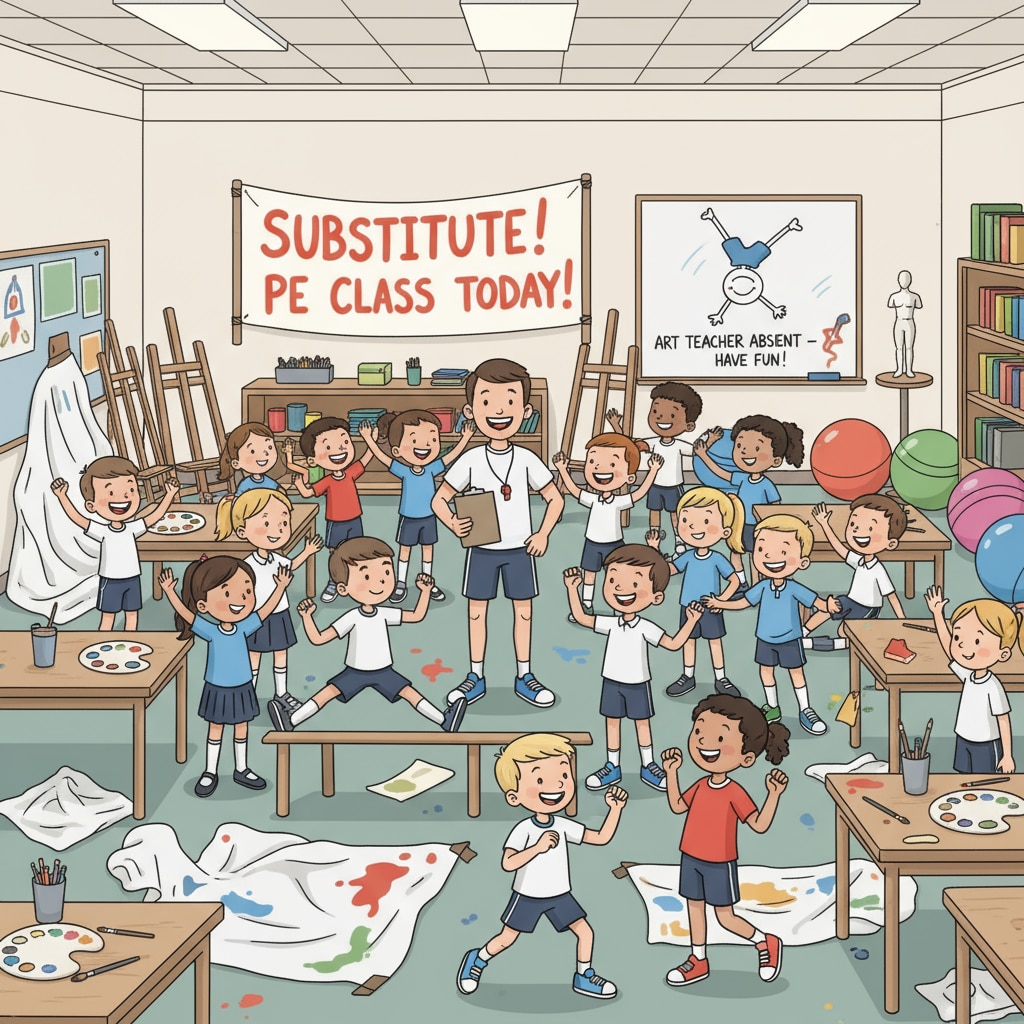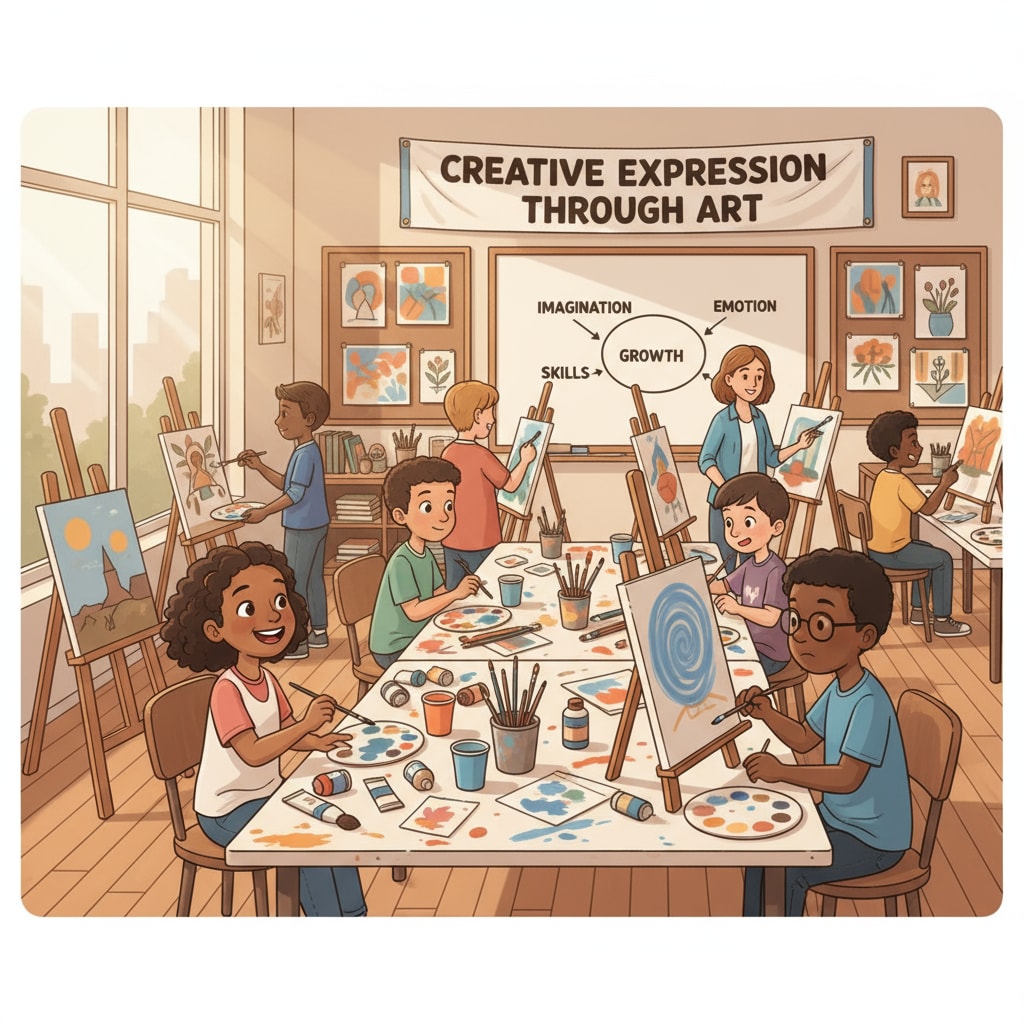In the realm of public education, the issue of special subject teachers, curriculum substitution, physical education classes, and educational resources has drawn increasing attention. A common scenario in many public primary schools is that when teachers of special disciplines such as music and art are absent, students are often automatically redirected to physical education classes. This practice, while seemingly a simple solution to fill the time gap, has far-reaching implications.

The Impact on Students’ All-round Development
Students’ development is a multifaceted journey that requires exposure to a diverse range of subjects. Music and art classes play a crucial role in cultivating students’ creativity, aesthetic sense, and emotional intelligence. For example, through painting and music composition, students can express their innermost feelings and ideas. When these classes are consistently replaced by physical education, students miss out on these important aspects of development. As a result, their potential in the arts may remain untapped, and they may lack the well-roundedness that a comprehensive education should provide. According to this article on Education Week, arts education has been proven to enhance academic performance in other subjects as well.

The Challenge to Teachers’ Professional Dignity
Special subject teachers invest a great deal of time and effort in preparing their courses. Their expertise in areas like music theory and art history is unique. When their classes are casually replaced, it undermines their professional dignity. Teachers may feel that their hard work and knowledge are not valued. In addition, this can lead to a demotivation among special subject teachers, which may in turn affect the quality of teaching when they are present. As stated in this report by the National Education Association, teacher motivation is closely linked to job satisfaction and the recognition of their professional worth.
Furthermore, this practice also has implications for educational resource allocation. The resources dedicated to music and art classes, such as musical instruments and art supplies, may be underutilized when these classes are frequently substituted. This is a waste of valuable educational resources that could otherwise be used to enrich students’ learning experiences. To address these issues, schools need to develop more comprehensive substitution plans. This could involve training other teachers to fill in for special subject teachers on a temporary basis, ensuring that students still receive instruction in these important areas. In conclusion, the automatic substitution of special subject classes with physical education when teachers are absent is a practice that needs to be reevaluated. By considering the impacts on students’ development, teachers’ dignity, and resource allocation, schools can make more informed decisions and provide a more balanced education for their students.
Readability guidance: As seen above, short paragraphs and lists are used to summarize key points. Each H2 section provides a clear focus, and efforts are made to control the proportion of passive voice and long sentences. Transition words like ‘for example’, ‘in addition’, and ‘as a result’ are scattered throughout the text to enhance readability.


